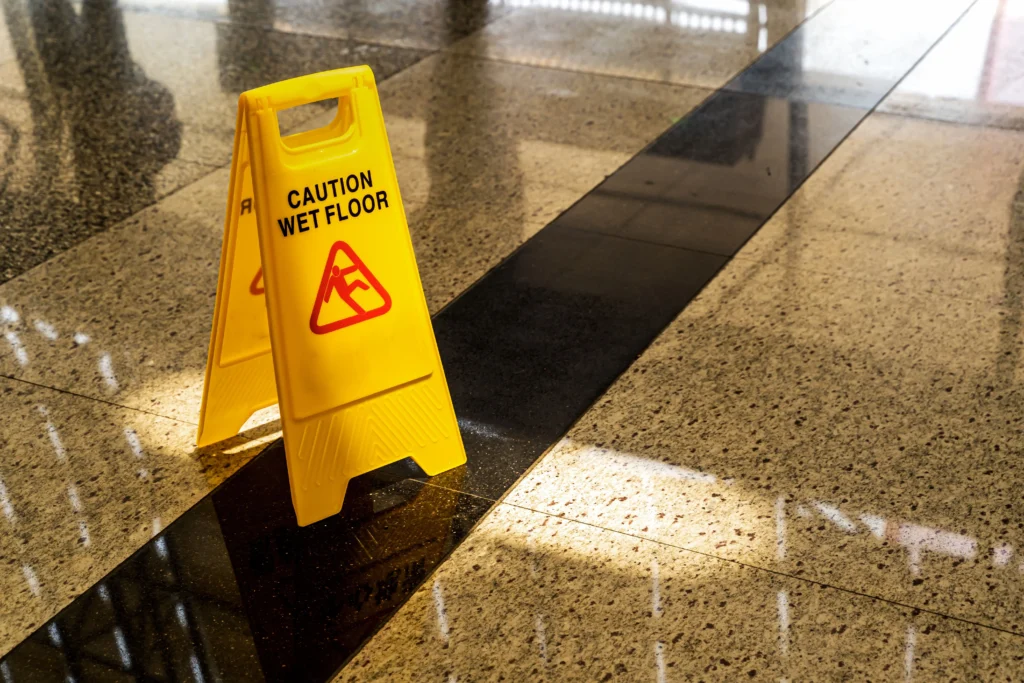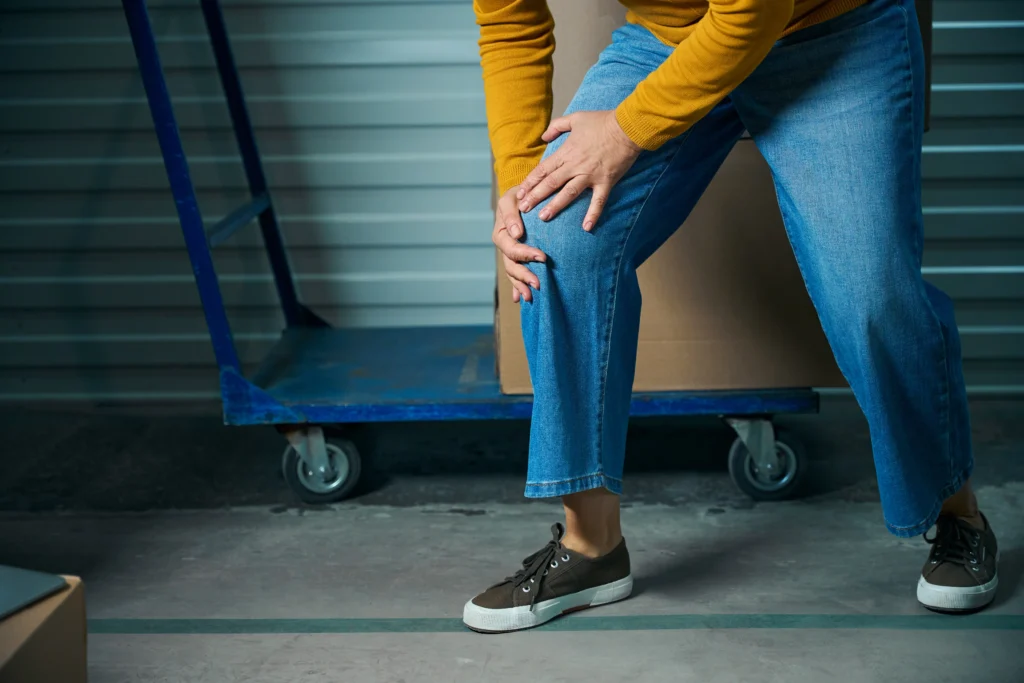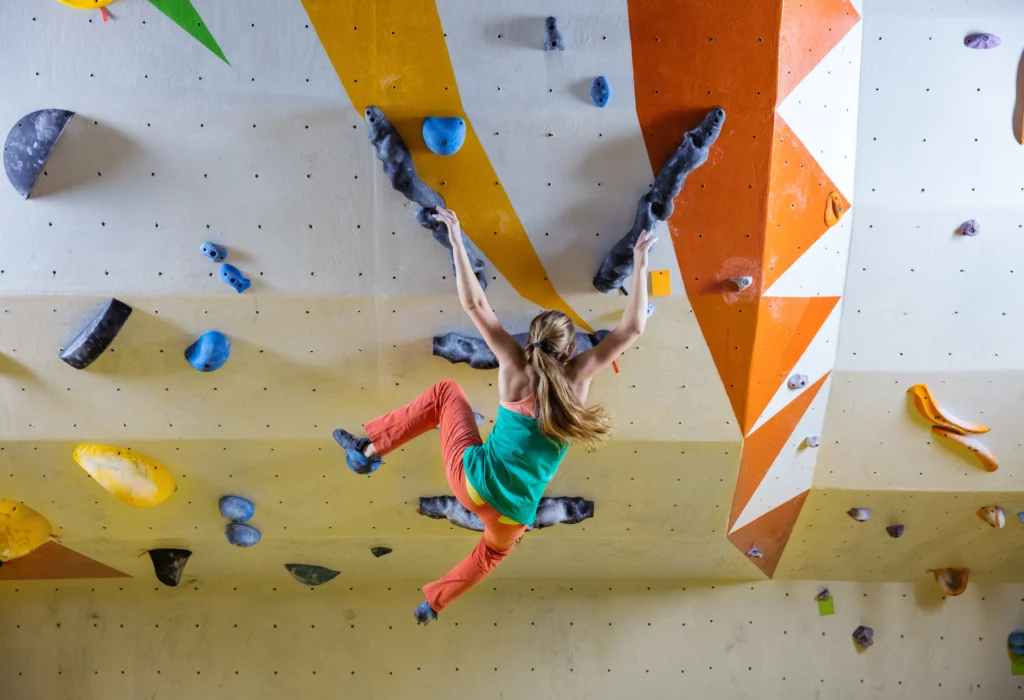SE HABLA ESPAÑOL
Slip and fall
A slip-and-fall accident can result in serious injuries and financial strain. We are committed to ensuring you receive fair compensation for your injuries and related losses.
Request a Free
Consultation Today
Request a Free
Consultation Today
Millions Recovered for California's Injured
$10,500,000
(Policy Limits)
$8,220,000
$6,000,000
$6,000,000
(Policy Limits)
$3,500,000
Head on
$3,250,000
$3,050,000
Broadside
$3,000,000
$2,350,000
$2,200,000
$1,670,000
$1,600,000
$1,000,000
$1,000,000
$1,000,000
Broadside
$1,000,000
Head on
$1,000,000
$1,000,000
Rideshare
$1,000,000
Broadside
Slip and Fall Accidents: Protecting Your Rights After an Injury
Slip and fall accidents can happen anywhere—grocery stores, parking lots, office buildings, or private properties. When negligence leads to unsafe conditions, victims may suffer severe injuries, including fractures, head trauma, and long-term disabilities. Understanding your legal rights is crucial to securing the compensation you need for recovery.
Common Causes of Slip and Fall Accidents
Slip and fall accidents often result from hazardous conditions that property owners fail to address. Some of the most common causes include:
- Wet or Slippery Floors – Spilled liquids, freshly mopped surfaces, or icy walkways.
- Uneven Surfaces – Cracked sidewalks, loose carpeting, or broken tiles.
- Poor Lighting and Obstructed Pathways – Dimly lit stairwells, cluttered walkways, or missing handrails.
When property owners neglect maintenance or fail to warn visitors of hazards, they may be held liable for injuries.


What to Do After a Slip and Fall Accident
Taking the right steps after an accident can protect your health and strengthen your claim:
- Seek Medical Attention – Even minor falls can lead to serious complications, so get checked by a doctor.
- Report the Incident – Notify the property owner, landlord, or store manager immediately.
- Document Everything – Take photos of the scene, gather witness statements, and keep records of your injuries.
- Avoid Speaking with Insurance Adjusters – They may try to minimize your claim. Consult an attorney before providing statements.
Proving Liability in Slip and Fall Cases
To win a slip and fall claim, you must prove that the property owner was negligent. This involves showing that:
- The hazardous condition existed long enough that the owner should have addressed it.
- The owner failed to fix the issue or warn visitors of the danger.
- The accident directly caused your injuries and damages.
An experienced slip and fall attorney can investigate your case and gather the necessary evidence to support your claim.

We’re Committed To Your Full Recovery

Compensation for Slip and Fall Victims
If you’ve been injured in a slip and fall accident, you may be entitled to compensation for:
- Medical Bills – Emergency treatment, rehabilitation, and ongoing care.
- Lost Wages – Compensation for time missed at work due to your injuries.
- Pain and Suffering – Physical pain, emotional distress, and reduced quality of life.
Holding negligent property owners accountable can prevent future accidents and help you recover the financial support you deserve.
Why You Need a Slip and Fall Attorney
Insurance companies often try to downplay slip and fall claims or shift the blame onto victims. A skilled attorney can:
- Gather critical evidence, including surveillance footage and maintenance records.
- Negotiate with insurance companies to maximize your settlement.
- Represent you in court if necessary to fight for fair compensation.
Don’t navigate the legal process alone. Contact us today for a free consultation and let us fight for the justice you deserve.

Compassionate, Experienced, and Dedicated To You
Here’s What Our Clients Say
Excellent service with handling my case from start to finish. Alex and Tofer Associates provided me with exceptional customer care from the initial call. I can’t thank you guys enough for your professionalism, dedication, support, and knowledge in handling my case. A huge shout to Ms. Heidy for her devotion and assistance in every step of the process. If you’re looking for a law firm that will stand by you, represent you, make you feel heard and understood, this is the law firm to go with. Thank you again to the entire staff of Tofer and Associates.
Omid Reyhanian
I got referred by a good friend of mine to give them a call when I was involved in a car accident. They sure helped me out with everything and took care of all the back and forth with insurances and doctor visits all I had to do was show up and send over any bills I had coming my way. Now I would be the one recommending them to anyone who’s in need.
Isaac Nava
Alex is very kind and easy to talk to. While he was not able to help me with my case (different field of law), he did give me excellent advice on finding another attorney.
He also offers free consultation, so don’t hesitate to call and ask questions.
Jonathan Scott
I’ve worked with Liz several times due to an unfortunate accident, referring close friends and family members to her. She has taken care of me and my loved one numerous times. She’s made me feel at ease during the stress and pain after dealing with the aftermath of an accident. I highly recommend working with Liz for a very smooth and seamless process on your road to recovery and becoming whole again. Thank you so much!
Nate Liggins
I was lost trying to just communicate with 2 different insurance companies who were basically ignoring me and the claims for myself and my son. I contacted Tofer and Associates and once Fema became my main contact at the firm I felt an instant relief. She was thorough, kept in constant contact with me, answered all my questions and gave me a level of comfort that I had not felt before.
Tammy Taylor
Such a great experience with Tofer & Associates, I highly recommend them! Eliza, in particular, went above and beyond for my family in dealing with a car accident and everything that came with it. She offered great support when we needed it the most. I’m truly grateful for this firm. Thank you so much!
Maria Trebino
Tofer & Associates not only made the initial evaluation process easy and convenient, they have stood with me along the way keeping me updated and working with all the medical personnel involved and following up with them thereby minimizing the effort i had to put forth in the quite grueling process of PI resolution. I especially want to thank Cynthia and Aljon who were very attentive to my needs and provided me with the cash advance and property damage reimbursement which I really needed in a timely and expeditious manner. Kudos to the legal team who have managed to make an unfortunate and unpleasant situation quite bearable and personable!
Richard Paguirigan
My experience with Tofer & Associates was great. Chris always kept us informed of every detail throughout the course of our case. Very detail orientated, professional and his follow through was amazing. The Chris & Jeremiah team are a great one. Thank you again for all your hard work!!! Much appreciated and will refer you to anyone needing your professional services in the future.
Gloria Sanchez
I have had great people from Tofer and Associates working my case. Nadia and Lalaine are very empathetic, and answered all my questions as they arose. They completely put themselves in the place of their clients, and are always available to answer questions and resolve all issues that may arise, and you can contact them for anything you may need, and they are always happy to answer them. I really like it when people are dedicated to their work, and have respect towards others. I am eternally thankful for their help.
Rosy la Soprano Arcia
I was involved in an accident a couple months ago & I had the opportunity to work with Eliza and her team who were all great! They handled my case very well & constantly communicated any updates about my case so that I was always in the loop. Despite some complications with my situation itself, every thing was handled so smoothly and efficiently. I wanted to thank Eliza and T&A for everything! Very reliable law firm that I’d recommend to anyone.
Maribel Ortega
My mom and I have had nothing but AMAZING professional services from the law firm of Tofer and associates.
I highly recommend Jonfer Legaspi. He’s very professional and kept me informed from day one. The office staff worked very hard and always helpful. They answered all of my questions. I also want to thank Jing Asuncion, for all the hard work and dedication. We are very pleased with the settlement and I would recommend them to anyone.
Mayra Villanueva
I was involved in a pedestrian accident on March 2023. I called the lawyer Michael A. Cholodenko from Tofer and Associates Law Firm to represent me.The lawyer and his team were very professional and caring throughout the process. I was amazed when they kept contacting me to se how I was doing. I always believe that employees are the best assests to a company and my C.M. Haidy is the best example of it. Also, I have to mention Carlos. He was very empathetic in the interview.
Kudos to Toffer and Associates!
Maribel Ortega
- 100% Free Consultation
- No Fees Unless We Win
